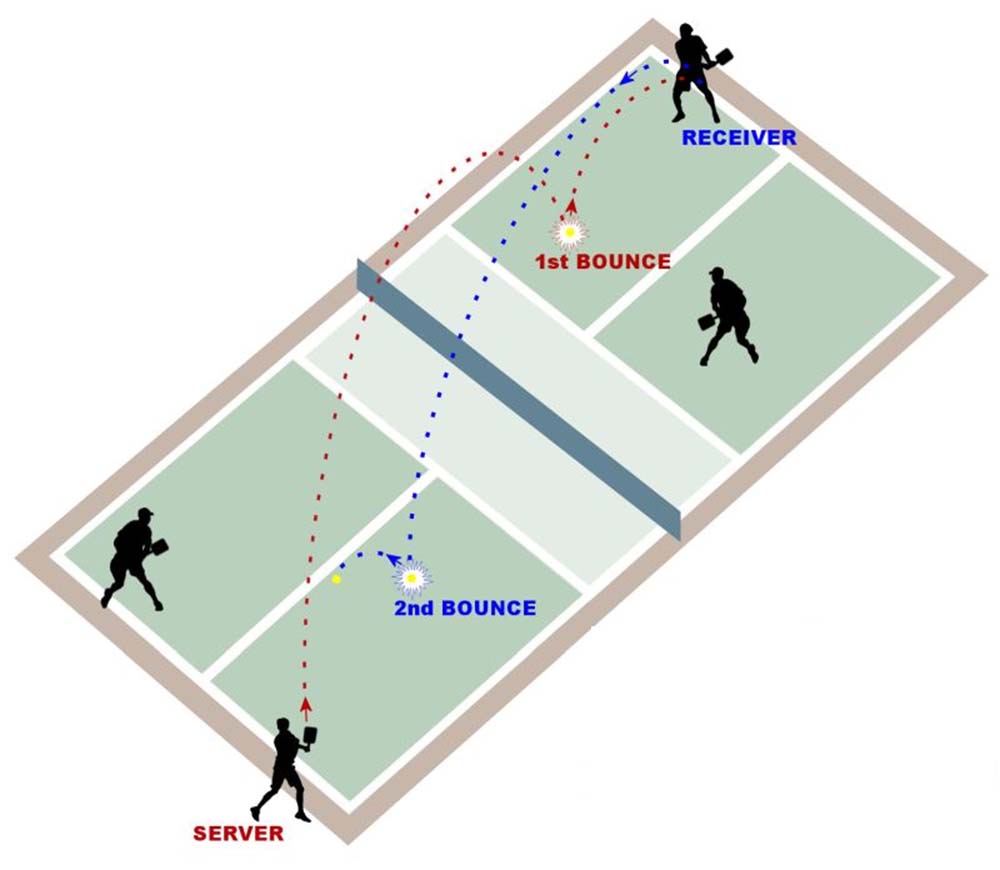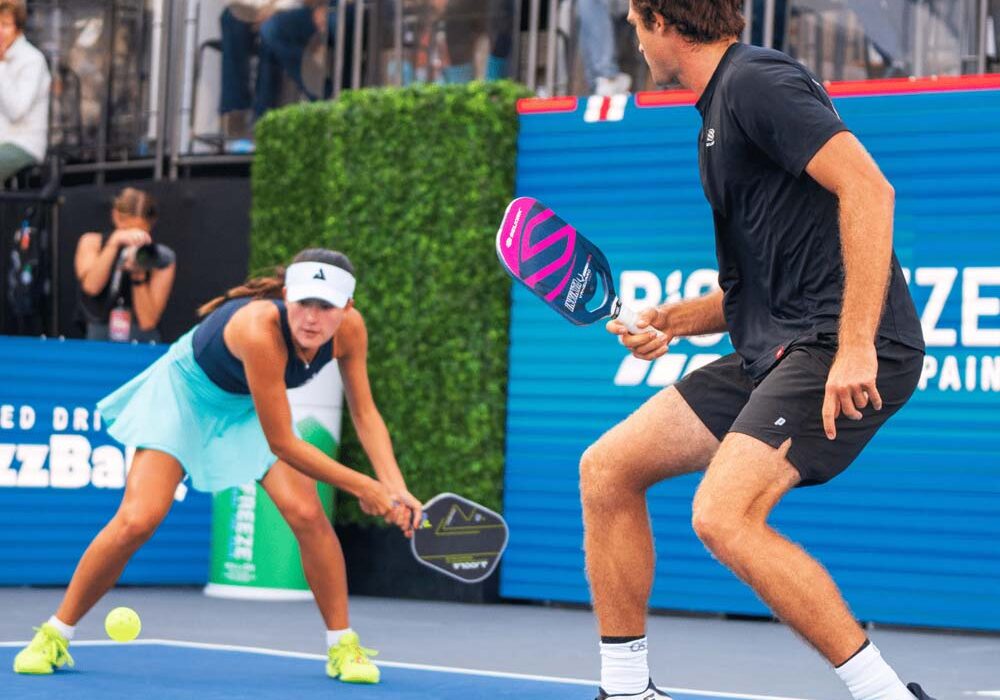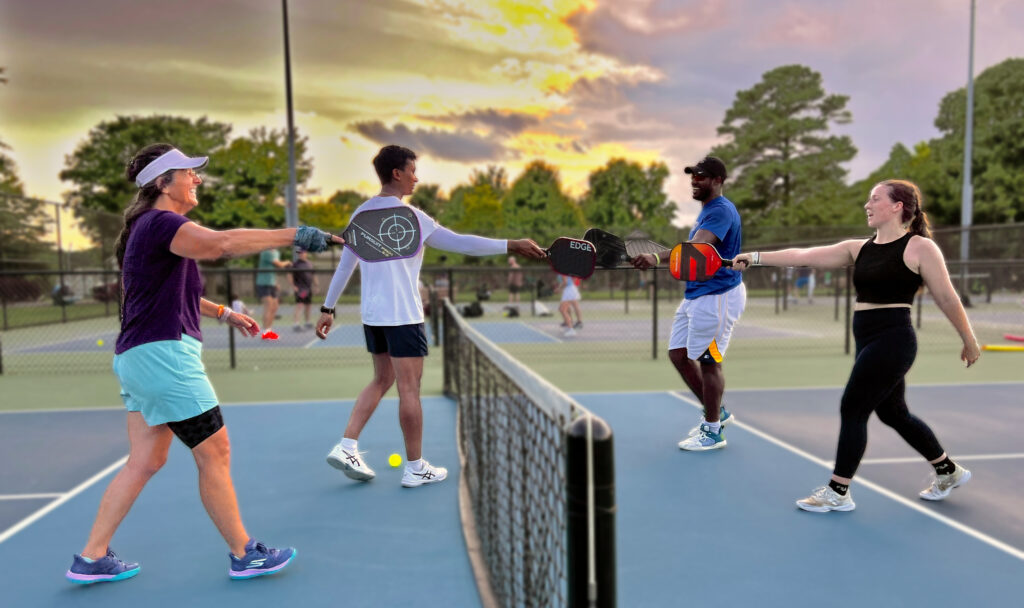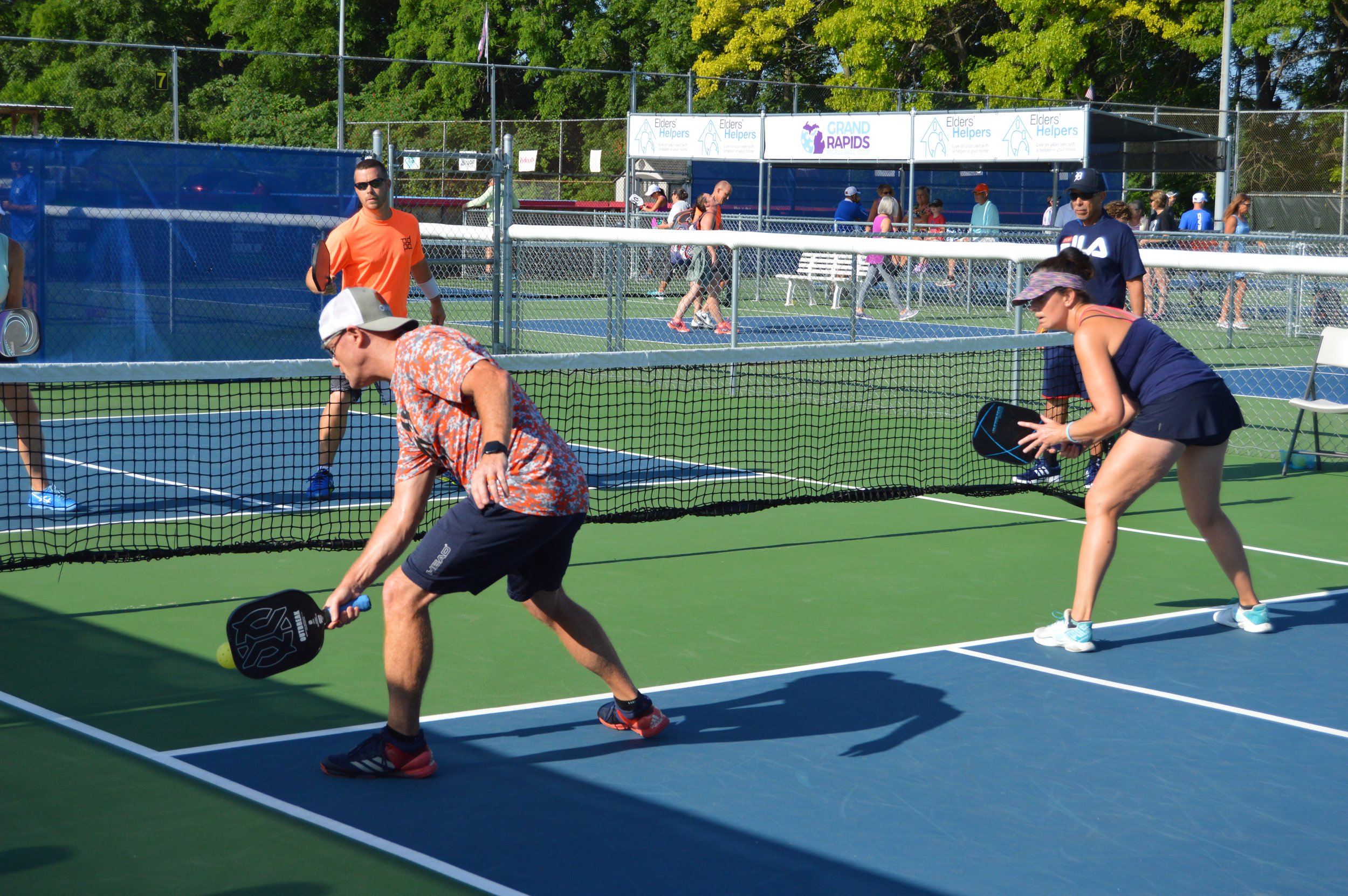Pickleball Mixed Doubles Rules: A Game of Teamwork and Strategy
Pickleball has taken the world by storm, capturing the hearts of players across ages and skill levels. Among the various formats of this engaging sport, mixed doubles stands out as a vibrant showcase of teamwork and strategy. In mixed doubles, unique dynamics emerge when male and female players collaborate, bringing a balance of power and finesse to the court. This article aims to unravel the intricacies of pickleball mixed doubles rules, offering both seasoned players and newcomers a detailed understanding of how to navigate this exciting version of the game. Understanding these rules will not only ensure a fair play experience but also enhance the enjoyment of this rapidly growing sport.

Serving Rules
Serving order: A rotating pattern to ensure fairness
In mixed doubles, the serve order is fundamental for fair play. The game commences with the female player serving first from the right side of the court. This initial choice is not just a formality; it sets the tone for the match. Following this first serve, the teams will alternate serving, allowing the male player to take a turn next. This structured serving order promotes balance, ensuring that both partners engage actively in the game.

Serving technique and position
The technique for serving in mixed doubles is primarily underhand. Players are required to strike the ball below waist level while standing behind the baseline. This position is crucial; staying behind the baseline ensures that the serve is valid, as the ball must travel diagonally across the court and clear the non-volley zone. Any deviation from this, such as hitting the net or sending the ball out of bounds, results in a fault. Here’s a concise list of potential faults during serving:
- Out of bounds: The ball fails to land in the designated service court.
- Hitting the net: A service that contacts the net before reaching the opponent’s side doesn’t count.
- Failing to clear the kitchen: If the serve lands in the non-volley zone, it is deemed a fault.
Being aware of these nuances prepares players for the challenges involved in serving, a critical aspect of the game.
Scoring System

Rally scoring: Points awarded on every serve
Scoring in pickleball, particularly in mixed doubles, operates on a rally scoring system. This means that points can be earned by either team regardless of who served. Each rally is an opportunity to score one point, making every moment on the court potentially pivotal. Teams compete to accumulate points until one team reaches eleven points, but they must lead by at least two points to secure a game victory.
Winning score and variations
In tournaments or league play, variations on scoring rules can emerge. For example, some formats may implement a best of three games structure where the winning side must triumph in two out of three games, adding an extra layer of strategy. Understanding these different scoring systems is crucial, as adapting to them can mean the difference between victory and defeat.
Importance of awareness
When players are aware of the scoring system and its variations, they can tailor their strategies accordingly. This ensures they remain vigilant throughout the match, always looking for opportunities to gain points while minimizing chances for their opponents. With both teams able to score on every rally, maintaining focus and adapting quickly is key.
Double Bounce Rule
The rule: The ball must bounce once on each side
One interesting aspect of mixed doubles in pickleball is the double bounce rule. This stipulates that the ball must bounce once on the serving team’s side and once on the receiving team’s side before players can volley it. Essentially, both teams are required to give their opponents a fair chance to return the ball, creating a more dynamic exchange.
Exceptions to consider
However, there are exceptions. If a serve lands in the non-volley zone, it is automatically considered a fault, and similarly, balls that land out of bounds also do not count. This rule aims to ensure that players are engaged in strategic play rather than simply smashing the ball back and forth without regard for bouncing.
Purpose behind the rule
The rationale behind the double bounce rule is not only to enhance fair play but to foster strategic development among players. By requiring players to give their opponents a chance before attempting to volley, this rule encourages thoughtful decision-making and tactical finesse on the court.
Non-Volley Zone (Kitchen)

Definition: A seven-foot area adjacent to the net
One of the unique features of pickleball, particularly in mixed doubles, is the non-volley zone, commonly referred to as the kitchen. This zone, extending seven feet from the net on both sides, is crucial in maintaining a level playing field. Players are not allowed to volley hit the ball before it bounces when they are in this area.
Restrictions and faults
Players must be cautious of their positioning. If a player steps into the kitchen while attempting to volley the ball, it results in a fault. This rule is incredibly significant in mixed doubles, as it reinforces the importance of positioning and forces players to think strategically about their movements near the net.
Importance of the kitchen rule
The kitchen rule is instrumental in promoting fair play and preventing one team from dominating the net. By ensuring that only one player can volley before the ball bounces, it levels the playing field and places a premium on cooperation and communication between partners. Understanding and respecting the kitchen rule can make all the difference in winning a game, emphasizing teamwork over individual prowess.
Faults

Types of faults in mixed doubles
In pickleball, faults are integral to understanding the flow of the game. The following are common faults executed during play:
- Hitting the ball out of bounds: If the ball lands outside the court lines, it’s an automatic fault.
- Failing to clear the net: Serving or returning the ball without it passing over the net results in a fault.
- Stepping into the kitchen while volleying: This violation can lead to losing a point.
- Touching the net: Contacting the net with the paddle or body during play is a fault.
Consequences of committing faults
When a fault occurs, the opposing team is awarded a point, along with the serve. Thus, understanding and minimizing faults becomes a crucial aspect of gameplay. It requires acute awareness of one’s positioning and a commitment to adhering to all rules, creating a more enjoyable experience for players involved.
Importance of strategy
Players must not only focus on hitting the ball but also be conscious of their actions to avoid faults. Developing a strategy that minimizes faults can enhance a team’s chances of success, showcasing the dynamic nature of pickleball.
Timeouts
Allowed timeouts: One per game
In pickleball mixed doubles, teams are allowed to take one timeout per game, which lasts for one minute. This opportunity to pause is beneficial for regrouping and reassessing strategies. Timeouts can be called during the serving team’s serve or during a change of server, providing moments of relief when the pressure mounts.
Purpose of timeouts
The advisor behind this timeout rule is to encourage players to think strategically and refresh their game plans. Players can discuss gameplay, offer encouragement, and possibly introduce new tactics that may catch their opponents off guard.
Code of Conduct
Respecting opponents and fellow players
In competitive sports, a strong code of conduct is vital. In pickleball, demonstrating respect for opponents and fellow players is paramount. This includes avoiding abusive language and unsportsmanlike behavior, which can sour the game and negatively impact all involved.
Grace in victory and defeat
Additionally, players should celebrate victories gracefully and acknowledge their opponents’ skills even in defeat. This respect fosters a more positive and enjoyable atmosphere for everyone on the court. Encouraging a spirit of camaraderie ensures that the focus remains on fun and competition, enhancing the overall experience of the game.
Conclusion
In conclusion, pickleball mixed doubles offers a thrilling and intricate format that enriches the game with unique challenges and joys. Understanding the specific rules and fundamental strategies helps players engage more effectively and enjoy the cooperative nature of this variation. As players grasp the serving rules, scoring systems, and the dynamics of teamwork, they unlock the true potential of mixed doubles.
Whether you are just starting or considering a deeper dive into the world of pickleball, grab a partner, understand these varied rules, and hit the court! By embracing the unique threats and challenges of mixed doubles, you will discover new strategies, feel the excitement of competition, and create lasting connections on the court.
FAQ
Can a male player hit a volley in mixed doubles?
No, a male player cannot hit a volley from within the kitchen unless the ball has first bounced.
What is the “kitchen” rule in pickleball, and how does it specifically apply to mixed doubles?
The kitchen rule prohibits players from volleying within the seven-foot non-volley zone unless the ball bounces first.
What are some common strategic formations for mixed doubles teams?
Teams often utilize formations such as the “I” formation to confuse opponents or the “diamond” formation for balanced coverage.
How does the strategy for mixed doubles in pickleball differ from the strategy for singles or women’s doubles?
Mixed doubles requires more focus on communication and utilizing the strengths of both male and female players, often creating more dynamic plays compared to singles or women’s doubles.
This guide offers a comprehensive overview of the pickleball mixed doubles rules, encouraging players to enjoy the game while adhering to fair play principles.
